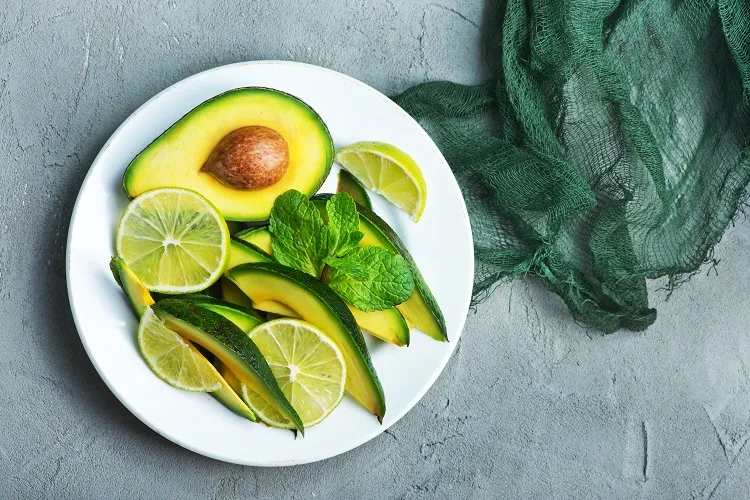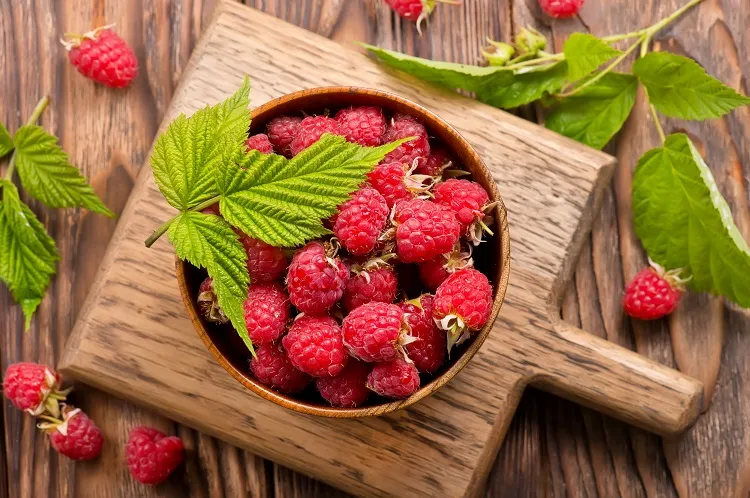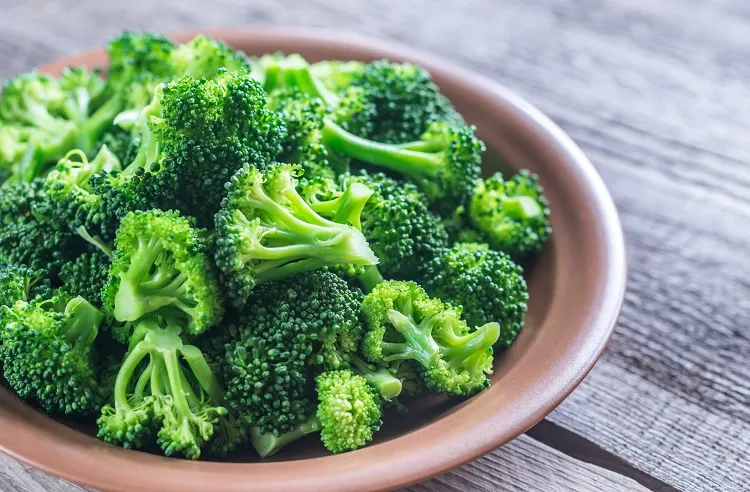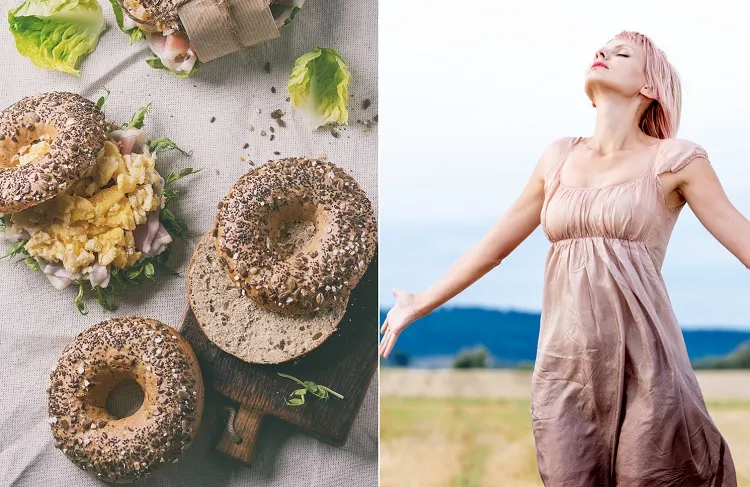Are you looking to shed some pounds and improve your overall health? One of the most effective, and also natural and not harmful way is to incorporate high-fiber foods into your diet. Not only do these meals help you feel fuller for longer, but also promote digestive health and reduce the risk of heart disease and diabetes. Stay on this page to know what are the top high-fiber foods for weight loss, and how to start this kind of diet.
What are the 10 Best Foods for Fiber?

Try to incorporate the following high-fiber foods into your diet. As they are effective in helping you to shed your pounds, beneficial for your stomach and belly, and reduce the risk of chronic diseases.
- Legumes: Lentils, chickpeas, and beans are not only high-fiber foods for weight loss, but also a great source of plant-based protein. They can be added to soups, salads, and stews to increase the health value of your meals.
- Whole grains: Brown rice, quinoa, and oats are another excellent source of fiber, as well as of complex carbohydrates, which provide sustained energy throughout the day.
- Nuts and seeds: Almonds, chia seeds, and flaxseeds are high in both fiber and healthy fats. They are an ideal addition to smoothies, yogurt, or oatmeal.
- Berries: Raspberries, blackberries, and blueberries are not only high in fiber, but also packed with antioxidants, which help to protect your body against cellular damage.
- Vegetables: Broccoli, spinach, and Brussels sprouts are low in calories and one of the best high-fiber foods for weight loss. They’re also rich in vitamins and minerals, making them an excellent addition to any healthy diet.
- Avocado: It is not only a great source of healthy fats, but also high in fiber. Avocado can be added to salads, sandwiches, or eaten as a healthy snack.
- Popcorn: Popcorn is a whole grain, which is a good source of fiber. However, it’s important to choose plain, air-popped popcorn instead of the butter-flavored variants.
- Apples: They are not only an ideal source of fiber, but also rich in antioxidants. Apples can be eaten as a snack or added to salads and oatmeal.
- Sweet potatoes: These delicious potatoes are high in fiber and vitamins. They can be baked, roasted, mashed, and added to a variety of dishes.
- Dark chocolate: It is not only delicious, but also a good source of fiber. However, it’s important to choose dark chocolate with a high percentage of cocoa solids and minimum added sugar.
Which Fruit is Highest in Fiber?

It seems that avocado, with its 10 grams of fiber per 1 cup (145 g), is the “champion” in this category. This fruit is not only a great source of healthy fats, but also one of the best high-fiber foods for weight loss. Therefore, you should not miss including it into your diet. Consider also the following suggestions:
- Raspberries: These fruits are one of the highest in fiber – 8 grams per 1 cup (123 g).
- Blackberries: Another fruit, which is rich with fiber – 7.6 grams per 1 cup (150 g).
- Pear: They are also a good source of fiber – 5.5 grams per medium-sized pear.
Which Vegetables are High in Fiber?

If you’re looking for high-fiber foods for weight loss, this is a perfect possibility to increase your vegetable intake. Because in this way you benefit from both advantages – have healthy, enriched in vitamins meals, and enhance your fiber intake. Here are some vegetable suggestions in this regard:
- Artichokes: This “champion” among vegetables contains 10.3 grams of fiber per cooked cup (100 g).
- Peas: Another vegetable with a high value in this category, with 8.8 grams of fiber per cooked cup (160 g).
- Broccoli: It is a good source of fiber, with 5.1 grams per cooked cup (90 g).
- Brussels sprouts: This vegetable is also high in fiber, with its 4.1 grams per cooked cup (156 g).
How to Start a High-Fiber Diet?

If you’ve decided to start a diet with high-fiber foods for weight loss, be careful, because your body is not used with this new change. It needs a period of adapting, while you succeed in “convincing” your organism that the new food regime will not deprive it of the valuable life sustaining substances. Here are some tips to help you get started:
- Start slowly: It’s important to gradually change your food regime to avoid digestive discomfort. Increase your fiber intake by 5 grams per day until you reach your target intake.
- Focus on whole foods: Choose whole grains, fruits, vegetables, legumes, nuts, and seeds as your primary sources of fiber.
- Read food labels: Look for foods that contain at least 3 grams of fiber per serving.
- Drink plenty of water: This measure is essential for your digestive health, when increasing your fiber intake.
- Incorporate fiber-rich foods: Add fruits, vegetables, and legumes to your meals.
- Snack on fiber-rich foods: Choose snacks like nuts, seeds, and fruits.
- Avoid processed foods: It’s often low in fiber and high in added sugars and unhealthy fats.

